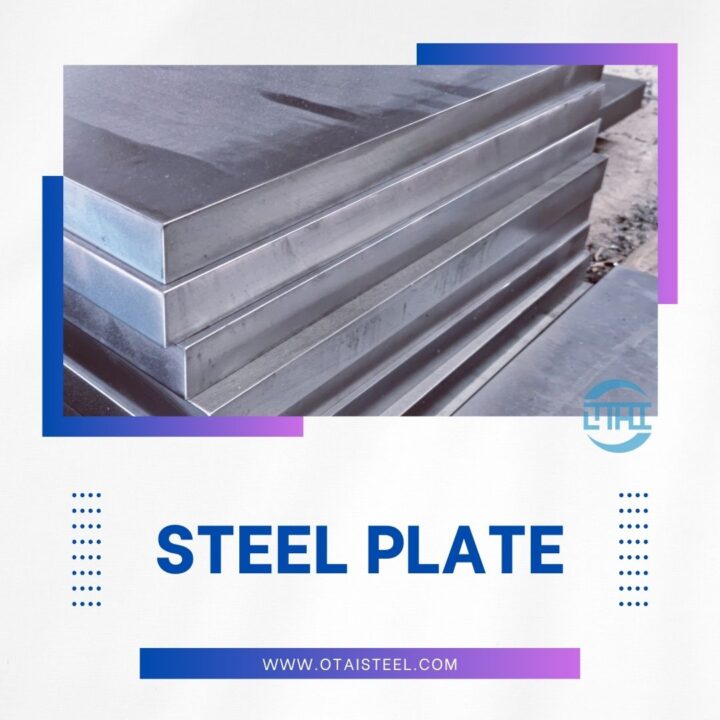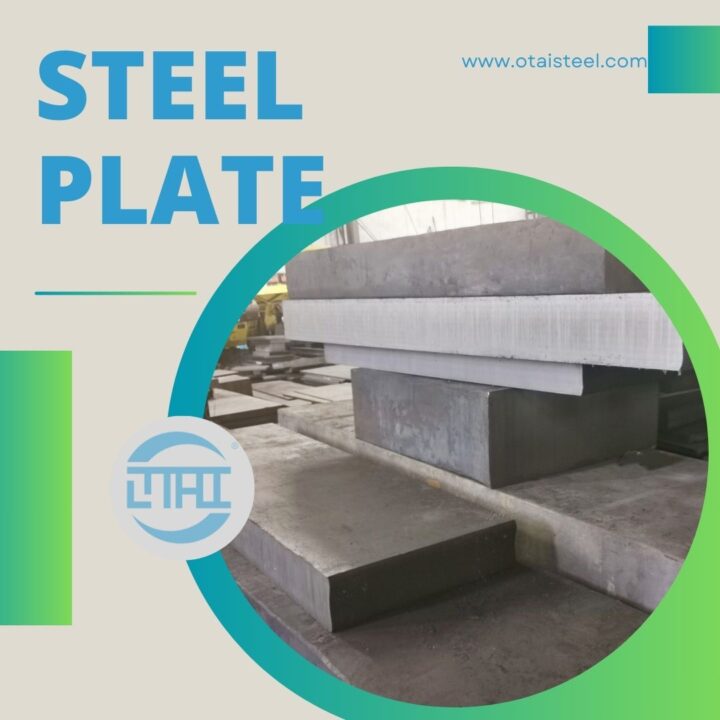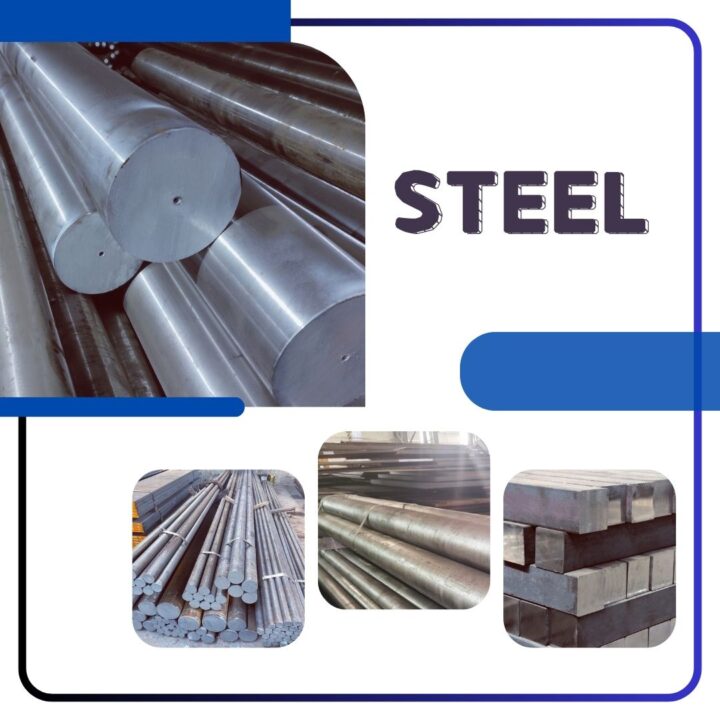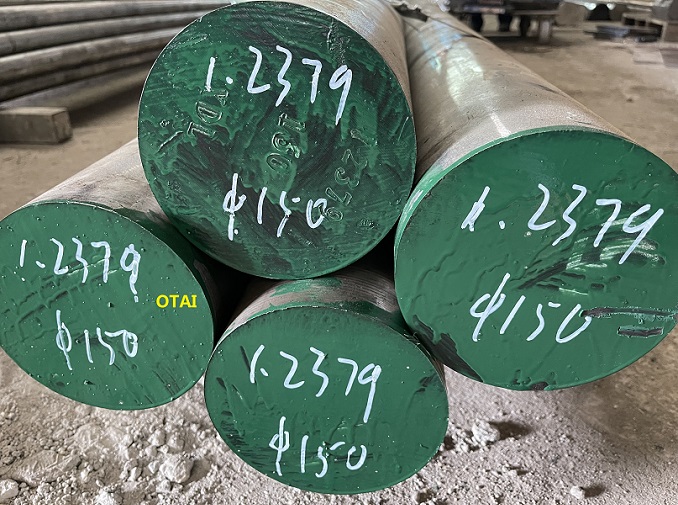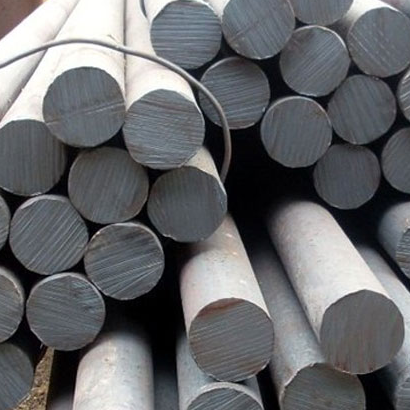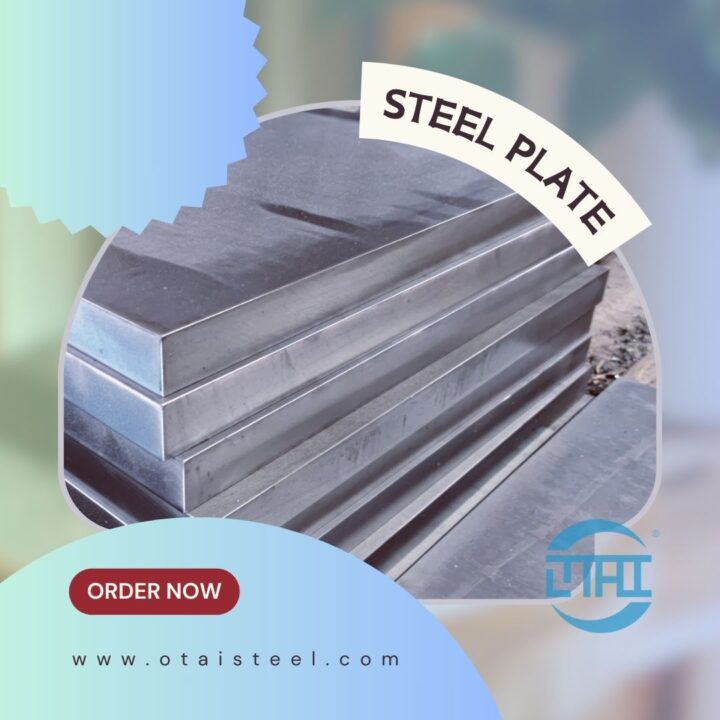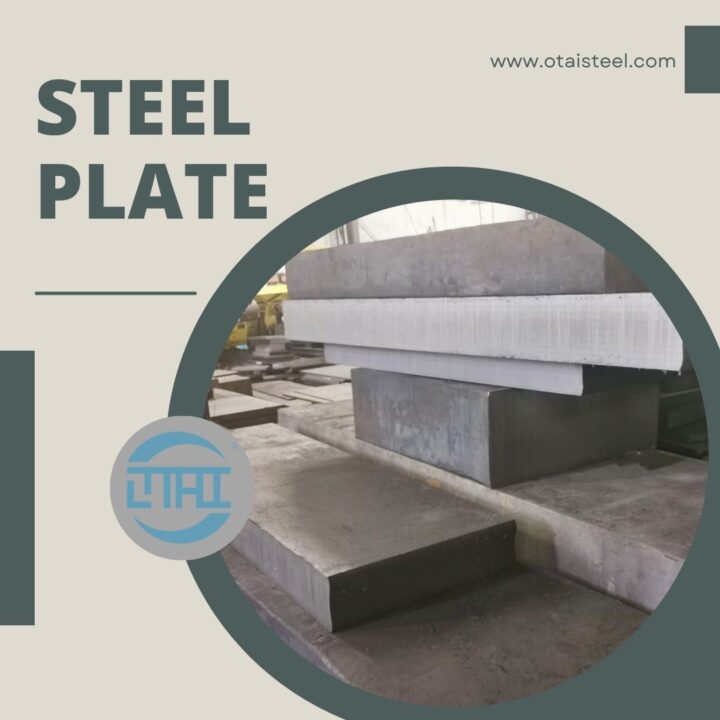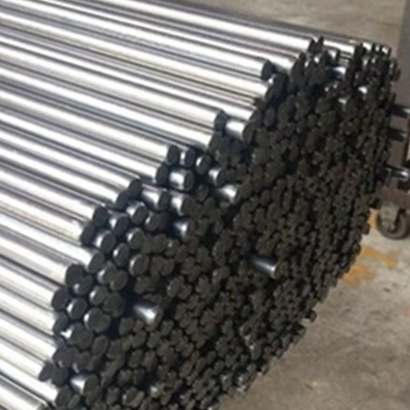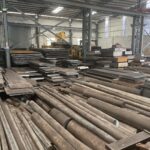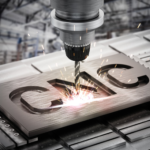The tool steel can be devided into the below:
Rough machining H13 tool steel.
Tool steel turning guidelines include tools and parts manufacturing applications.
Metal cutting should be considered as an integrated system, which includes three equally important elements: work pieces, tools and machines. Traditionally, end users are more focused on cutting tools than on the machine tools (assuming it has enough power to do the work), unfortunately, too little attention is paid to the work pieces. The information of workpiece is usually limited to the type of work piece material, such as steel, cast iron, aluminum alloy, etc. The most important mechanical properties of the workpiece materials, such as hardness and ultimate tensile strength, are sometimes not provided or provided with customer requirements. If these data are missing, the integrated system of metal cutting will become incomplete. In this case, the maximum cutting productivity cannot be calculated.
Tool steel is high carbon steel, alloy steel and high speed steel which can be quenched and tempered. Traditionally, they are used to make tools for cutting, forming, and forming. Other applications include manufacturing parts that are critical to specific properties such as wear resistance, strength, toughness and hardness, which cannot be achieved by carbon steel, alloy or stainless steel.
The classification of tool steel is based on the system developed by the American Steel Association (AISI). The system classifies tool steel according to heat treatment, application or major alloy elements. There are six main categories and 10 subcategories, marked by letters followed by one or two digits.
In addition to AISI classification, tool steel is identified by the name in the unified numbering system for metals and alloys (UNS), which is established by the association of automotive engineers and the American Society for testing and materials. The UNs identification system consists of the letter T and five numbers: the first three identify the tool steel categories, and the latter two identify the grades of the tool steel categories.
Water hardening tool steel
The water hardening tool steel is basically carbon steel with 0.6% to 1.40% carbon. They are the cheapest tool steel.
Three types of water hardening steel of standard AISI (UNS) types are being produced: W1 (t72301), W2 (t72302) and W5 (t72305). W3, W4, W6 and W7 sections are no longer commonly used.
The water hardening tool steel has 100% processability grade, which is the basis for comparison with other tool steel groups. Compared with AISI 1212 steel, the cutting performance grade of water hardening steel is 40%.
The hardness of the steel is 150 to 200 Hb in annealed condition.
Water hardening steel is used for cutting tools (cutting blades, reamers, taps and twist drills), clamps and dies for blanking, stamping and thread processing.
Seismic tool steel
Seismic tool steel has been developed to provide an effective combination of high hardness, high strength and high toughness or impact fracture resistance. These steels were originally developed for springs and are still widely used in spring applications that require good fatigue resistance.
There are five types of seismic tool steel of standard AISI (UNS): S1 (t41901), S2 (t41902), S5 (t41905), S6 (t41906), and S7 (t41907). S3 and S4 are no longer used.
The main alloy element is silicon, which varies from 1.0% to 2.5%, depending on S-shaped steel. Silicon provides the ability of resisting softening during tempering to maintain the microstructure of fracture resistance.
Aisi S1 steel is the only grade containing tungsten (1.5% to 3.0%). This steel is also known as tungsten chisel steel, because it is used to make seismic tools.
The machinability of seismic tool steel is about 75%, while that of water hardening tool steel is 100%.
The hardness of annealed seismic tool steel is 175 to 225 Hb.
The application of these tool steels includes heavy blanking and forming dies, punches, chisels, shear blades, slitting knives, seals, heads, piercers and forming tools.
Cold working tool steel
Cold working tool steel does not have the alloy content required to resist high temperature softening. They are limited to the need to be at 400 ° To 500 ° F(200 ° To 260 ° C) Applications that have been heated for a long time or repeatedly in the range. The category is divided into three subcategories (Table 1).
The high hardness and wear resistance of oil hardening tool steel are derived from the high carbon content and medium content of chromium, molybdenum, vanadium, tungsten and silicon in the range of 0.85% to 1.55%.
There are four types of AISI (UNS) standards: O1 (t31501), O2 (t31502), O6 (t31506) and O7 (t31507).
The most popular oil hardening steel is O1. It has enough hardenability to produce enough hardening and surface hardness depth, thus prolonging service life. The toughness of O1 steel is slightly higher than other oil hardening steel, and it is the most widely used O-shaped steel. At 22 HRC, the tensile strength of O1 steel is 112 Ksi, while that of O2 steel is 108 Ksi. At 31 HRC, the tensile strength of O1 steel is 133 Ksi, while that of O7 steel is 128 Ksi. The minimum size change of O2 steel was observed during heat treatment. O6 steel contains free graphite in microstructure to improve the processability of complex die. O7 is the most wear-resistant Oil hardened steel, which may be the first choice for tool manufacturing and application.
O6 has a workability rating of 125%, which means that O6 steel is easier to process than water hardening tool steel. The machinability grades of other o-sections are about 65% to 90%.
The hardness of the tool steel is 200 to 250 Hb in annealed condition.
All oil hardening tool steels are used in similar applications, including blanking, forming, rolling, stamping, forming, cold trimming and drawing dies. The steel is also used to make reamers, taps, drills, small shear blades, slitting saws, round cutters and hobs, spindles, gauges, collets, broaches, polishing tools, knurled tools and punches.
Air hardened, medium hardening tool steel
Because of the combination of high carbon (0.55% to 2.85%) and other alloy elements with medium and high content (such as chromium, molybdenum, vanadium and nickel), air hardening steel can achieve its performance characteristics.
These steels are of eight standard AISI (UNS) types: A2 (t30102), A3 (t30103), A4 (t30104), A6 (30106), a7 (30107), a8 (30108), A9 (30109), and A10 (30110). A5 tool steel is no longer used.
The air hardening tool steel has high hardenability and high dimensional stability during heat treatment. They have good wear resistance, fatigue life, toughness and deep hardening properties.
Air hardening tool steel can be divided into chromium grades (types A2, A3, a7, a8 and A9) with 4.75 to 5.75% chromium and up to 1.0% manganese, and manganese grades (types A4, A6 and A10) with 1.60 to 2.50% and 0.90 to 2.20% manganese.
The chromium air hardening type is easier to obtain and widely used. Chromium type has higher wear resistance (at the same carbon content) and higher thermal hardness than manganese type. Compared with other A-shaped steel, A9 steel is the strongest, but also the worst wear resistance. However, the wear resistance of manganese type is poor and difficult to process.
The processability grade of medium alloy and air hardening steel is about 65%.
The hardness of the air hardening tool steel is 200 to 250 Hb in annealed condition.
The application of air hardening tool steel includes cold forming mould, blanking mold, bending mold, forming roll, drilling sleeve, knurled tool, assembly mould and measuring tool, and other applications requiring low heat treatment deformation and wear resistance.
High carbon and high chromium tool steel
High carbon and high chromium tool steel is the highest alloy content steel.
These steels have five standard AISI (UNS) types: D2 (t30402), D3 (t30403), D4 (t30404), D5 (t30405), and D7 (t30407). D1 and D6 are no longer used.
Each type contains 11 to 13% chromium as the main alloy element. All grades are characterized by high carbon content, ranging from 1.40% to 2.60%.
The machinability grade of high carbon and high chromium tool steel is 40% to 60%.
The hardness of high carbon and high chromium tool steel is 200-250hb under annealing condition.
The applications of these steels include spindle, hob, cold roll, Slitter, blanking die, forming die, press die, bushing, tap, broach, sand blasting nozzle, plug gauge and ring gauge.
Otai sells 42CrMo plate, H13, P20 and other special steel!
